Your Guide to a Lucky New Year’s Meal (and What to Skip)
I’ve spent a long time in professional kitchens, and let me tell you, New Year’s is a unique beast. It’s when food stops being just food and becomes a symbol of hope. More than any other holiday, this is when clients bring their family traditions to the table, and a surprising number of those are about what not to eat.
In this article
Some people call these beliefs superstitions, but honestly, I see them as something deeper. They’re a link to our heritage, a way of setting an intention for the year ahead. Understanding these traditions isn’t about being afraid of eating the wrong thing; it’s about respecting the powerful role food plays in our lives. When you plan a menu, you’re helping people create a memory. So, this guide comes from my years of navigating these requests and learning the stories behind the food.
Why Do These Food Rules Even Exist?
Before we get to the list of foods to skip, it helps to get the thinking behind it. Most of it boils down to a simple idea: food that looks or acts a certain way can attract a similar outcome in your life. A round food might bring wealth, while a food that moves backward might cause setbacks.

The New Year is seen as this major reset button. So, what you do—and eat—on that first day is believed to set the tone for the next twelve months. It’s not science, of course. It’s generations of cultural storytelling, a way for people to feel a little bit of control and hope. Pretty cool when you think about it.
Foods That Move the Wrong Way
One of the most common no-go categories involves critters that don’t move forward. The logic is pretty straightforward: you want to move forward in the new year, not backward or sideways.
Lobster and Crab
Lobster feels like a total celebration food, right? But for some, it’s a big no on New Year’s because lobsters swim backward. The fear is that eating one will bring setbacks, either financially or in your personal goals. I once catered a huge New Year’s event where the host was launching a business. He told me, “I can’t afford to start the year moving in the wrong direction, even symbolically.” So, no lobster.

Crabs have a similar problem since they scuttle sideways. The idea is that eating crab could lead to a year of indecision or taking a roundabout path to your goals instead of making direct progress.
A Quick Pro Tip: If you want that fancy seafood vibe without the bad juju, go for large shrimp or scallops. Shrimp are often seen as lucky, and seared scallops are just plain elegant. Plus, they’re often more affordable—a couple of lobster tails can easily run you $50+, while a pound of nice scallops or shrimp is closer to $15-$25 at most grocery stores.
Chicken and Other Birds
This is a big one, especially in some European traditions. First, chickens and turkeys scratch backward in the dirt, which is said to symbolize dwelling on past regrets. The other part of the belief is that your good fortune might literally “fly away.” Any winged bird, like duck or goose, falls into this category.
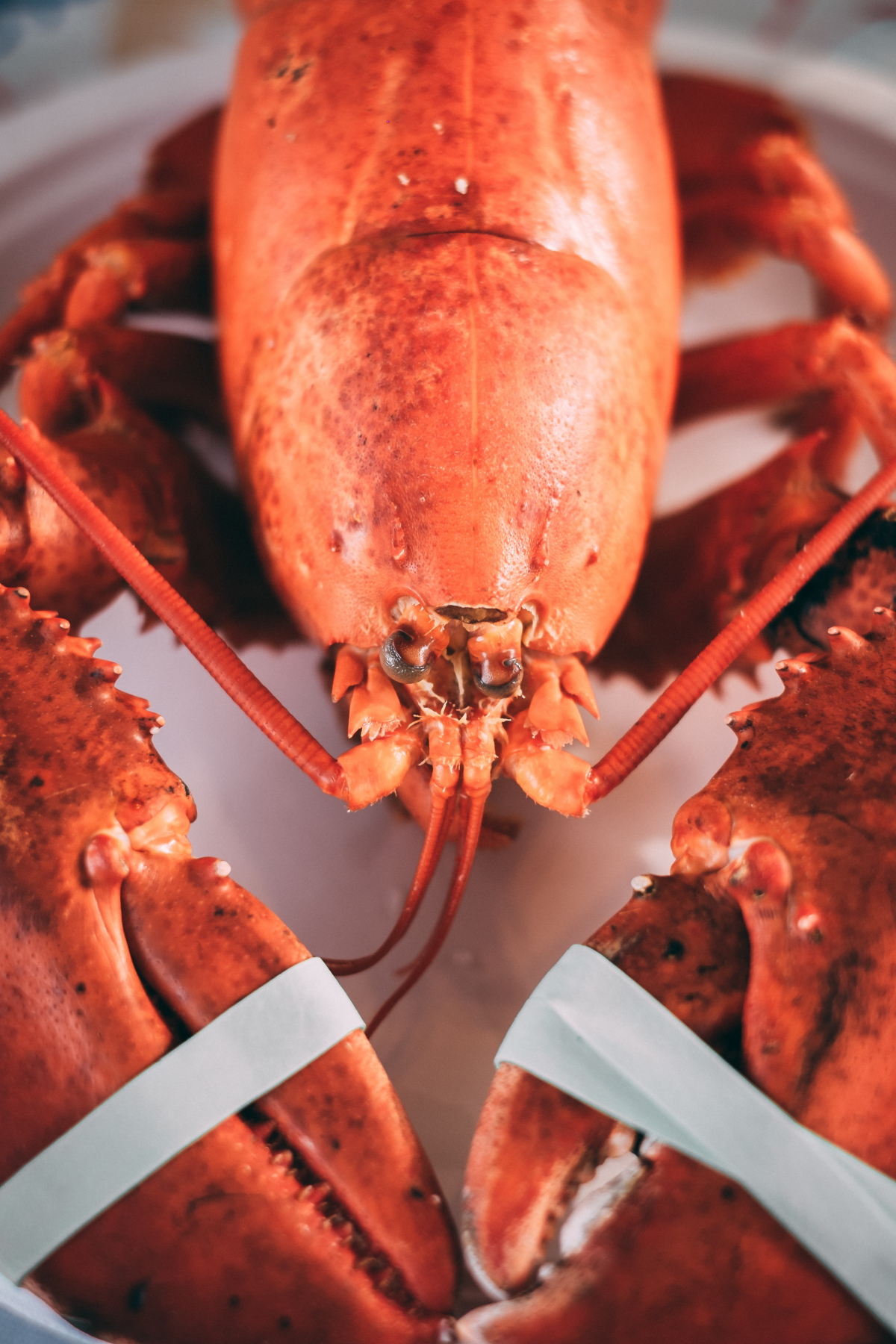
The Go-To Alternative: Pork! Pigs are considered a symbol of progress because they root forward with their snouts. A roasted pork loin or a beautiful glazed ham makes a fantastic and lucky centerpiece. A pork shoulder is a great value, too, often costing between $15 and $25 and easily feeding a crowd.
Foods That Scream ‘Scarcity’
Another group of foods is avoided because they represent poverty or stagnation. The first meal of the year should feel abundant and vibrant.
Very White Foods
Heads up on this one, as it’s an important cultural consideration, particularly in many East Asian traditions where white is associated with mourning. Eating a plate of plain white food—like plain tofu or unadorned white rice—can be seen as a bad omen for a day of celebration.
Now, this doesn’t mean you have to ban every white ingredient. No one’s going to get upset about onions or garlic in a dish! It’s more about the overall visual. Avoid a plate that looks pale, sad, and colorless. The easy fix? Cook with color! A stir-fry with bright red peppers, green broccoli, and orange carrots is perfect. Instead of plain rice, maybe a vegetable fried rice?
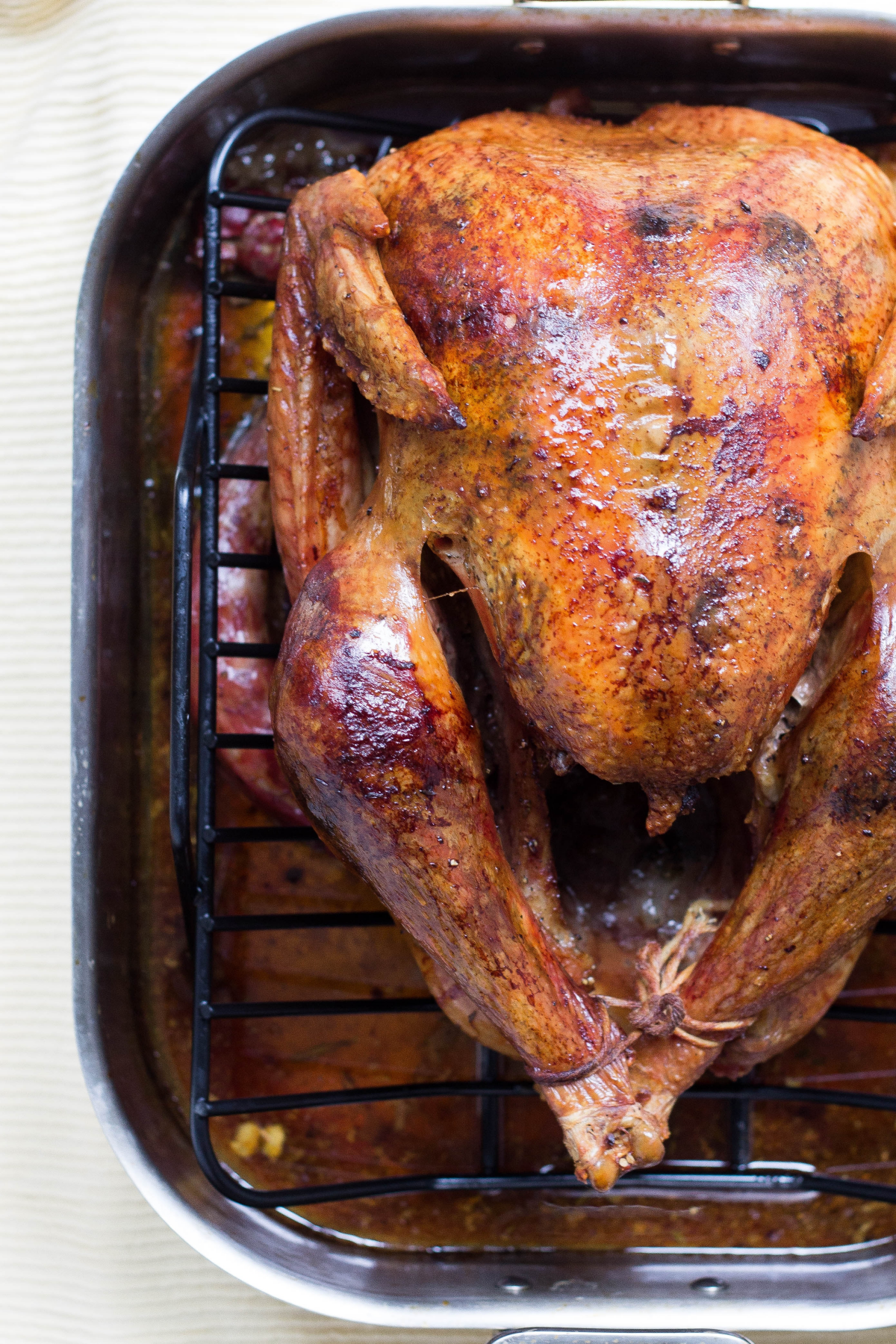
Porridge or Gruel
Historically, porridge was the food of the poor. It was a simple, cheap way to fill a belly when there wasn’t much else. So, eating it on New Year’s Day is thought to set a precedent of just scraping by for the year to come. Think about it—a bowl of plain, gray oatmeal doesn’t exactly scream
Galerie d’inspiration
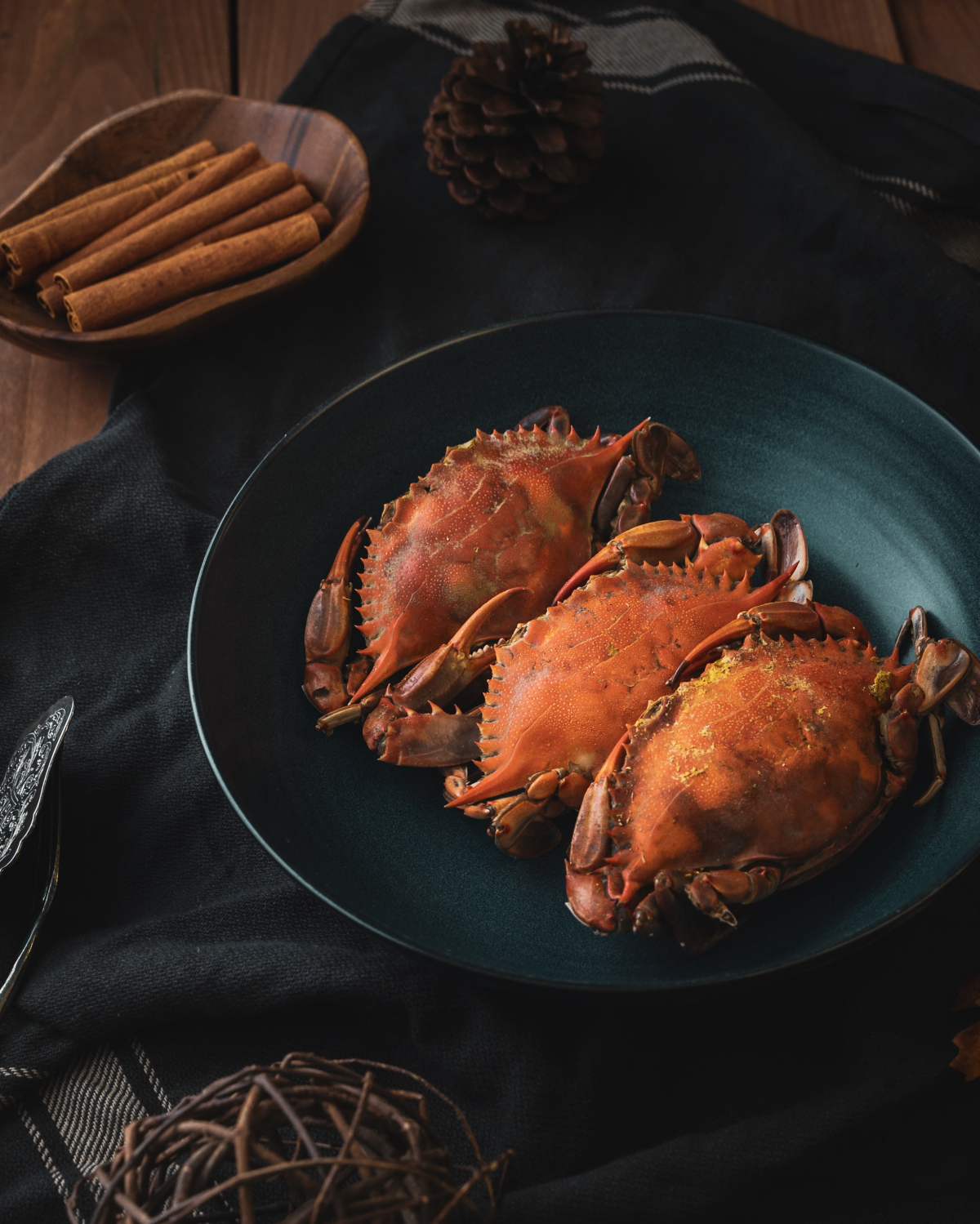
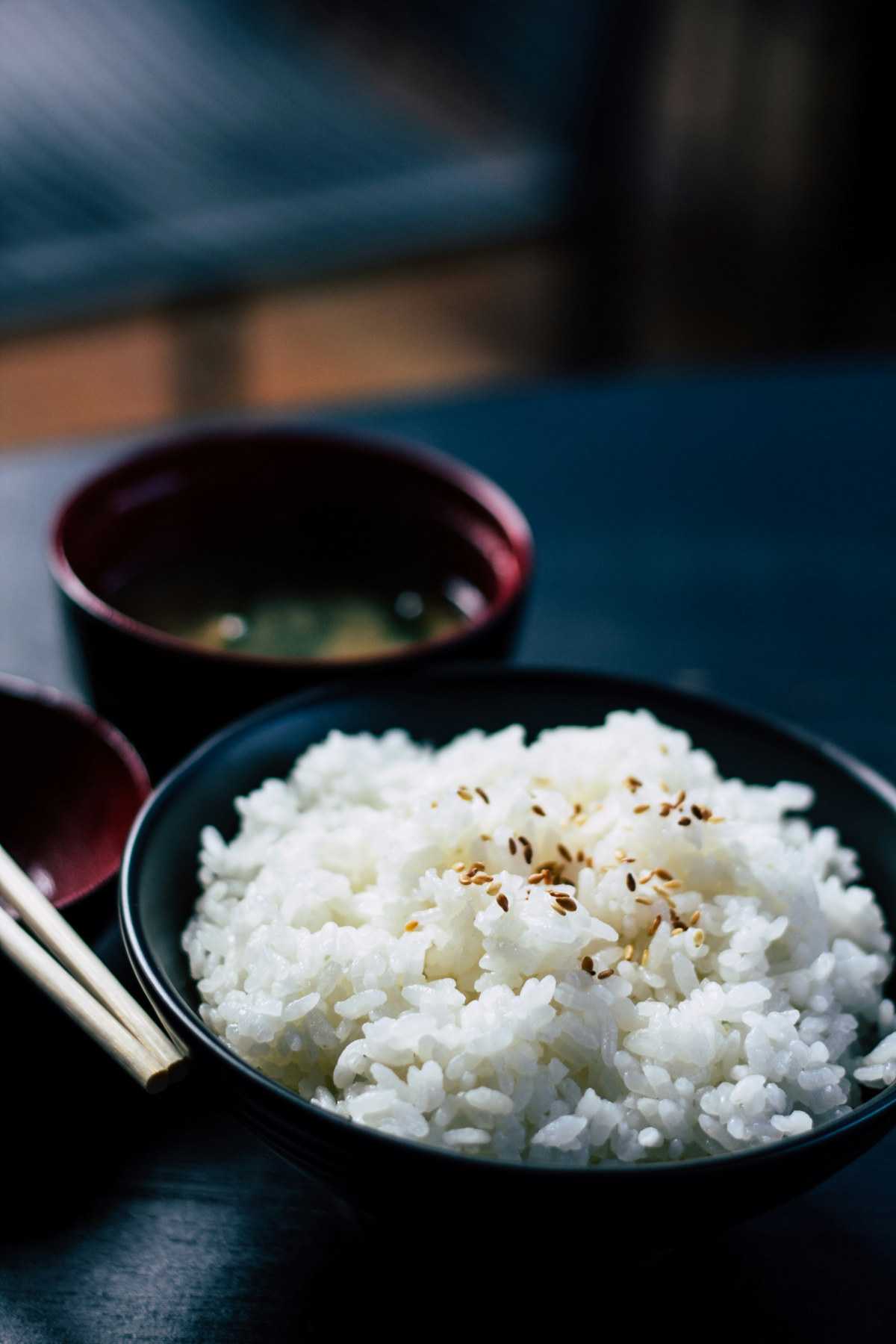
Beyond avoiding the unlucky, actively inviting good fortune is key. In many cultures, pork is the star of the New Year’s table. Unlike chickens that scratch backward, pigs root forward with their snouts, symbolizing progress. A slow-roasted pork shoulder or a glazed ham doesn’t just feed a crowd; it sets an intention for moving ahead in the year to come.
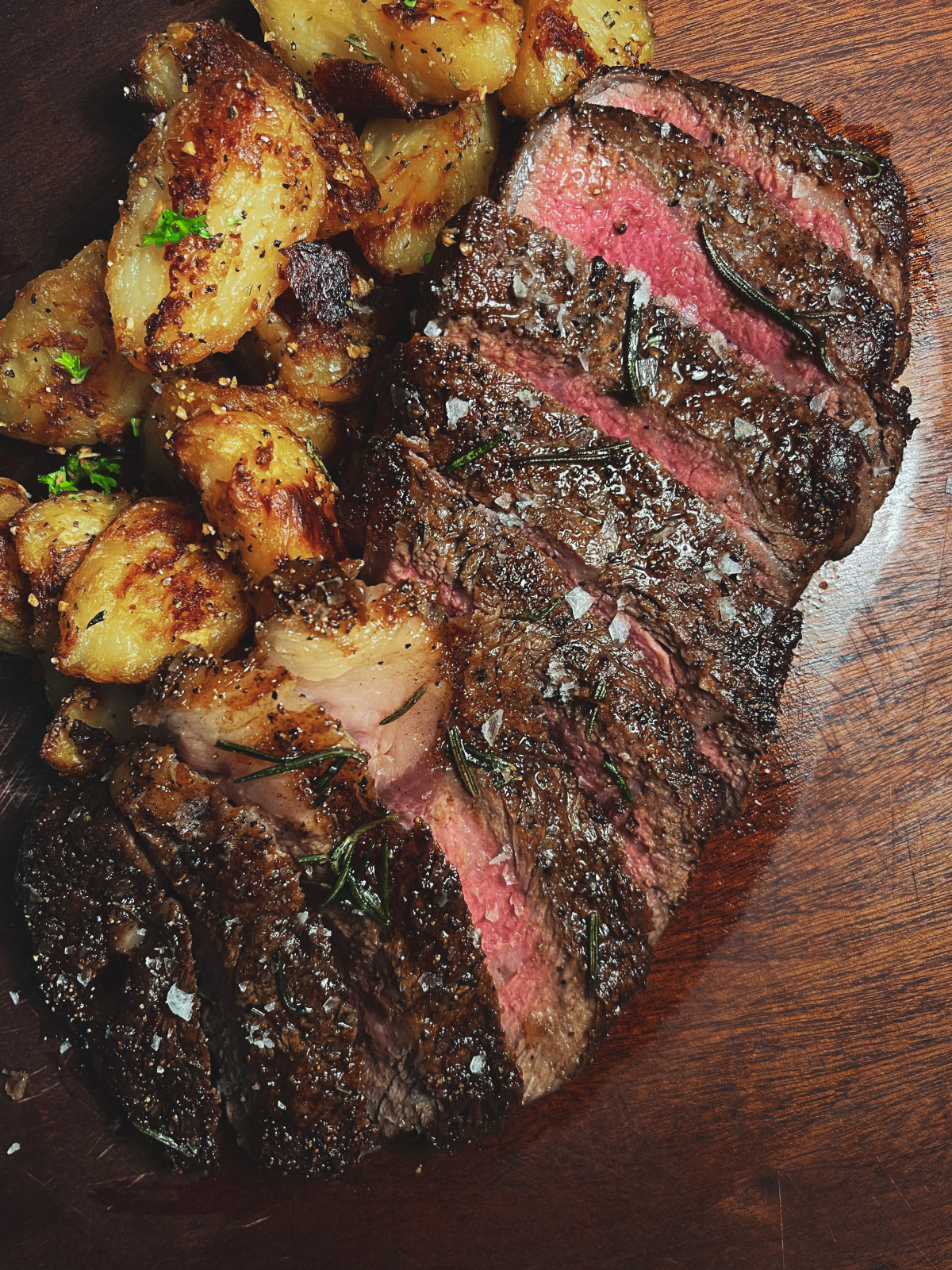
- Round Fruits: Eating 12 round fruits—one for each month—is a tradition in the Philippines. Their shape mimics coins, symbolizing a year of prosperity.
- Long Noodles: In many Asian cultures, uncut noodles represent a long and healthy life. Slurping them down without breaking them is part of the fun and the fortune.
- Leafy Greens: Think kale, collards, or cabbage. Their green color and flat shape are likened to folded paper money.
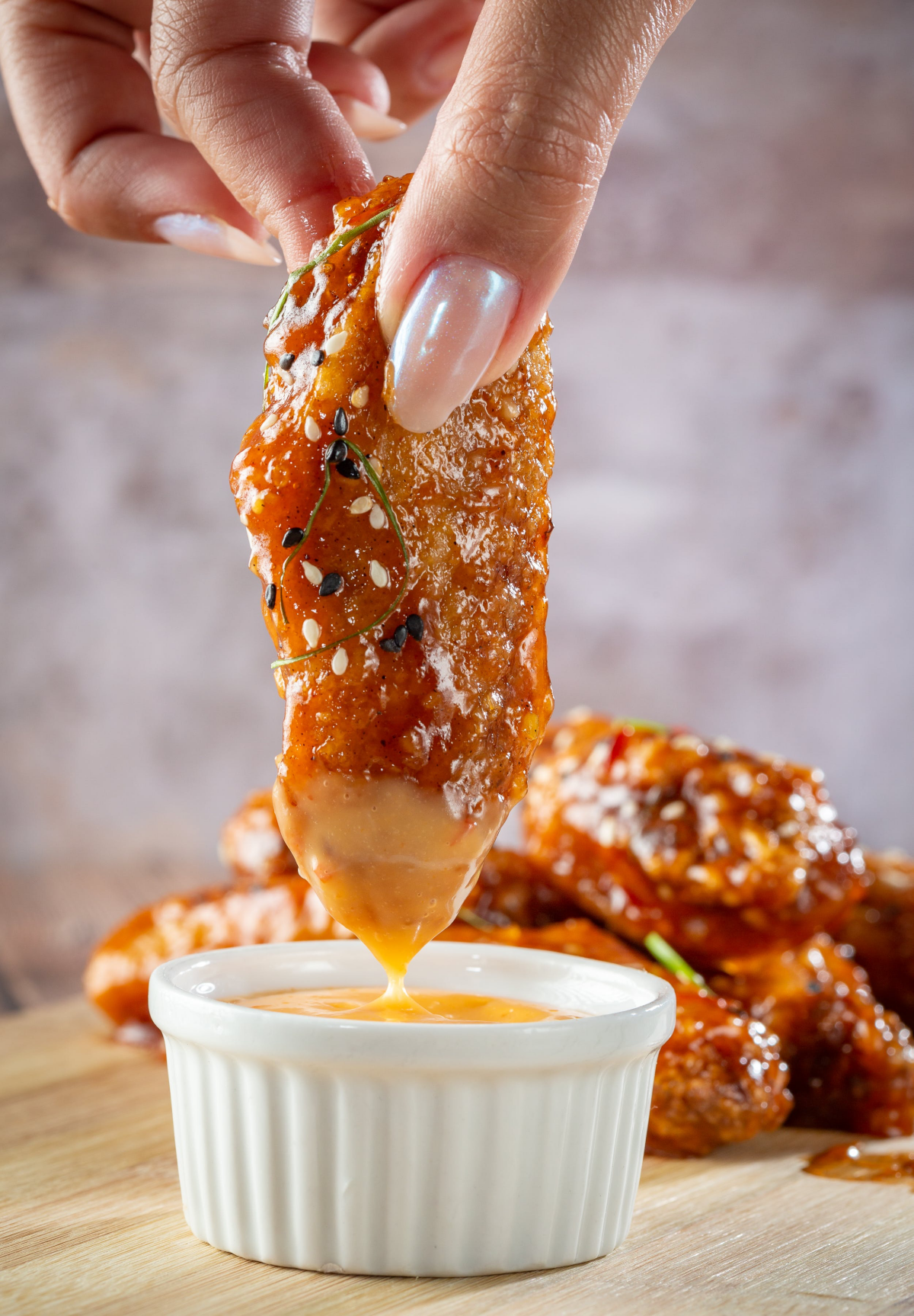
In Italy and Brazil, lentils, with their small, round shape resembling ancient Roman coins, are a staple for New Year’s Eve, often served right after midnight to attract wealth.

What if my guests don’t drink alcohol?
You can still serve up some liquid luck! The tradition of toasting with bubbly is about celebrating with effervescence, which symbolizes joy and abundance. A high-quality sparkling cider, like Martinelli’s Gold Medal, or a festive pomegranate and cranberry spritzer with a sprig of rosemary offers the same visual celebration and festive spirit without the alcohol.
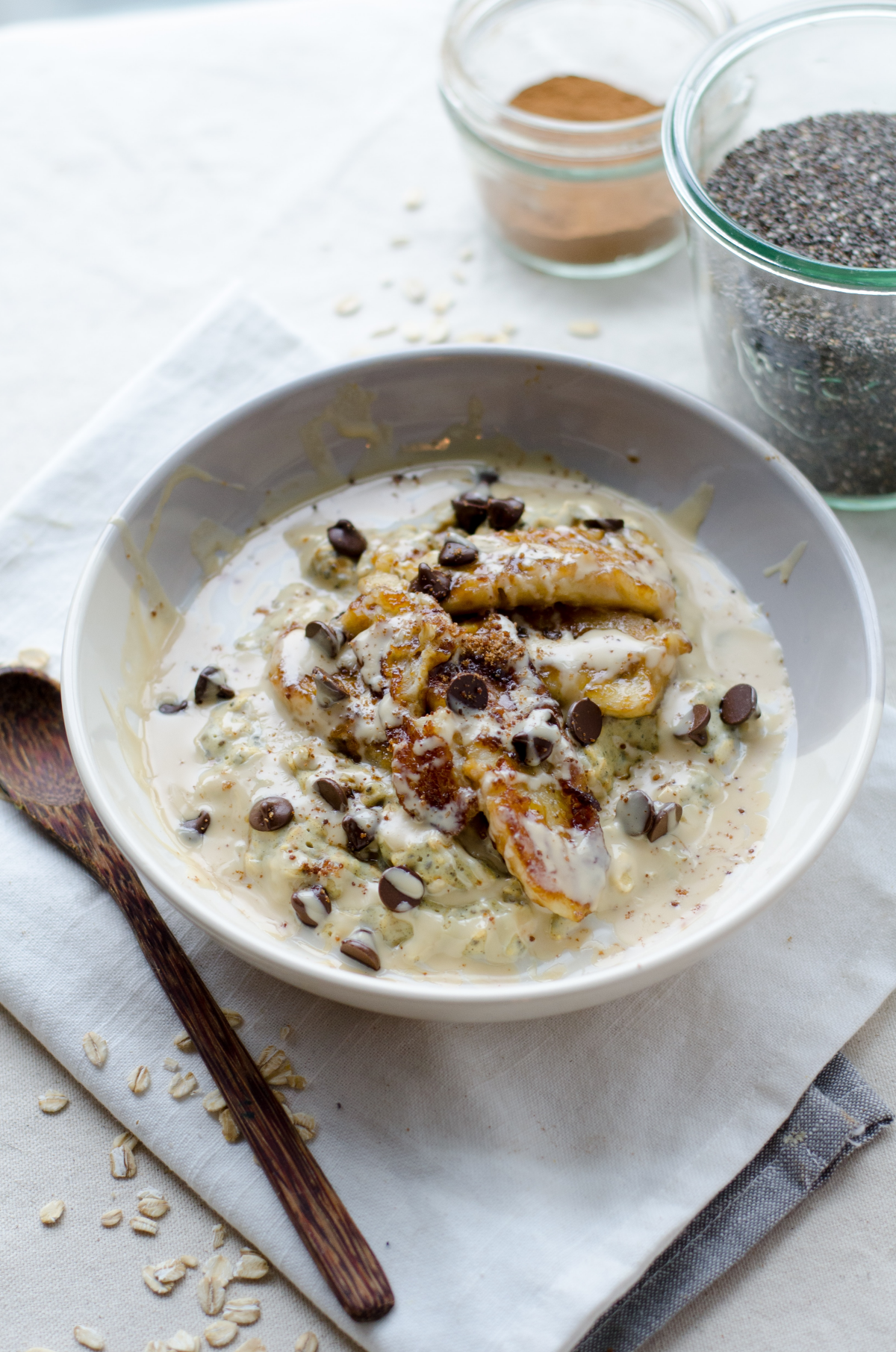
American South (Hoppin’ John): This iconic dish features black-eyed peas, which symbolize coins, served over rice. It’s often cooked with pork for progress and served with collard greens for money.
Spain (Las Doce Uvas de la Suerte): As the clock strikes midnight, Spaniards eat one grape for each chime. Successfully eating all 12 is said to secure 12 months of good luck.
These traditions show how simple ingredients can carry powerful hopes for the future.
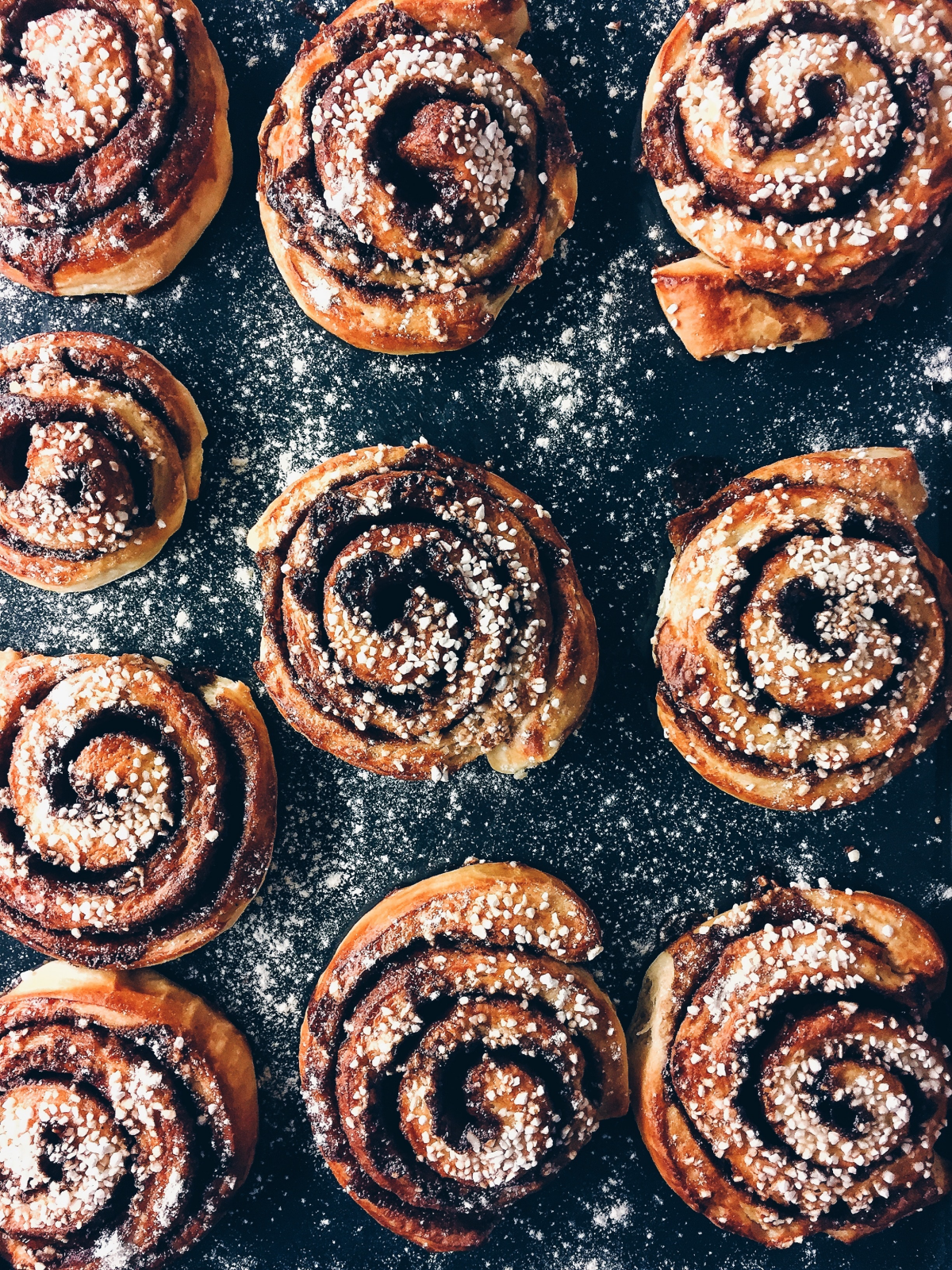
A single pomegranate can contain over 1,000 seeds (the number 613 is often cited in Jewish tradition).
In Greece and Turkey, a pomegranate is smashed on the floor at the threshold of a home on New Year’s Day. The more seeds that scatter, the more luck, fertility, and abundance the family will have. It’s a messy but powerfully symbolic way to welcome prosperity.
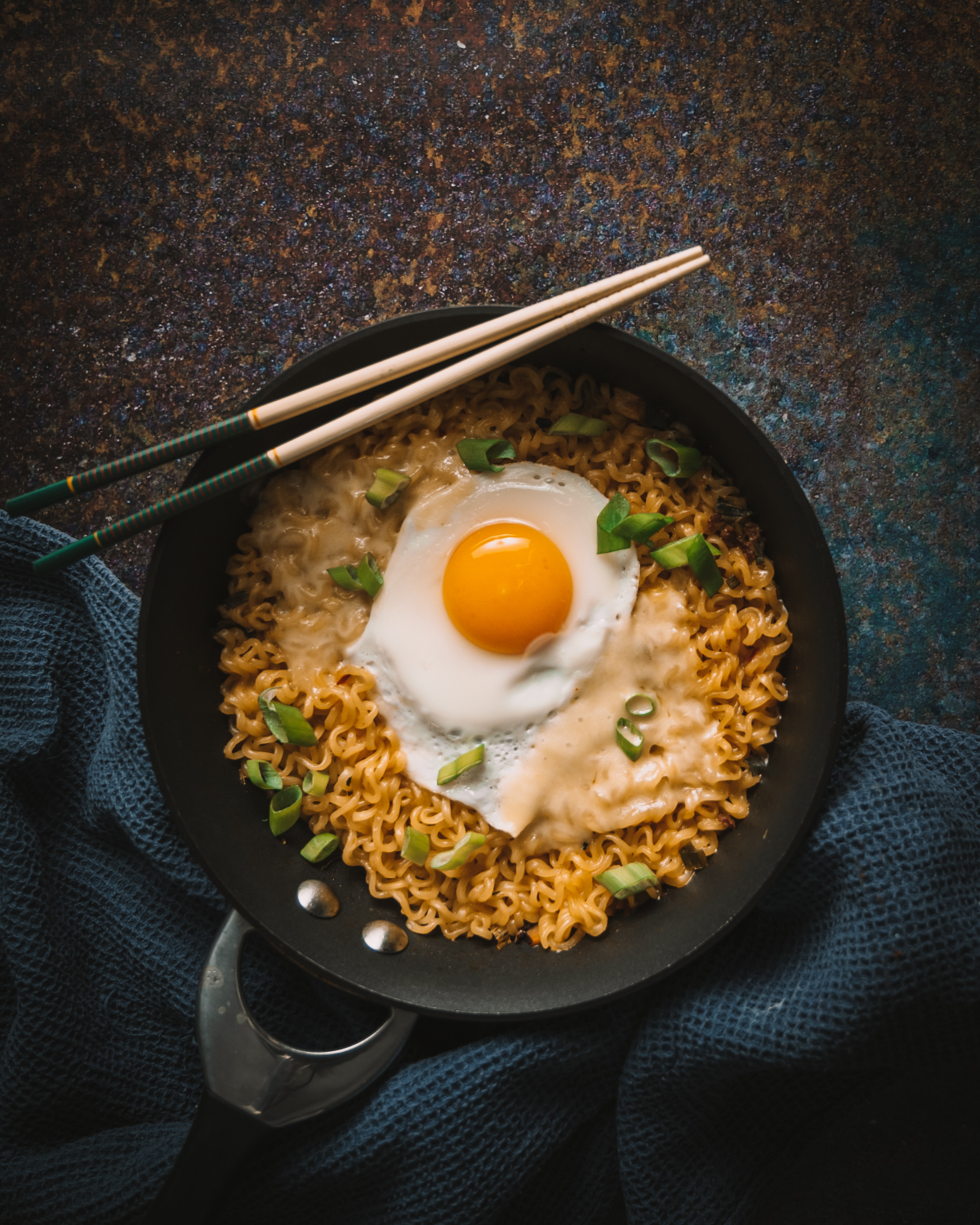
A common host mistake is accidentally creating an ‘unlucky’ menu. Imagine serving a beautiful lobster bisque followed by a main course of grilled chicken. While delicious, from a traditionalist’s perspective, you’ve just served a double dose of ‘moving backward.’ A simple swap, like a lentil soup starter and a pork tenderloin main, completely flips the script from setbacks to prosperity.
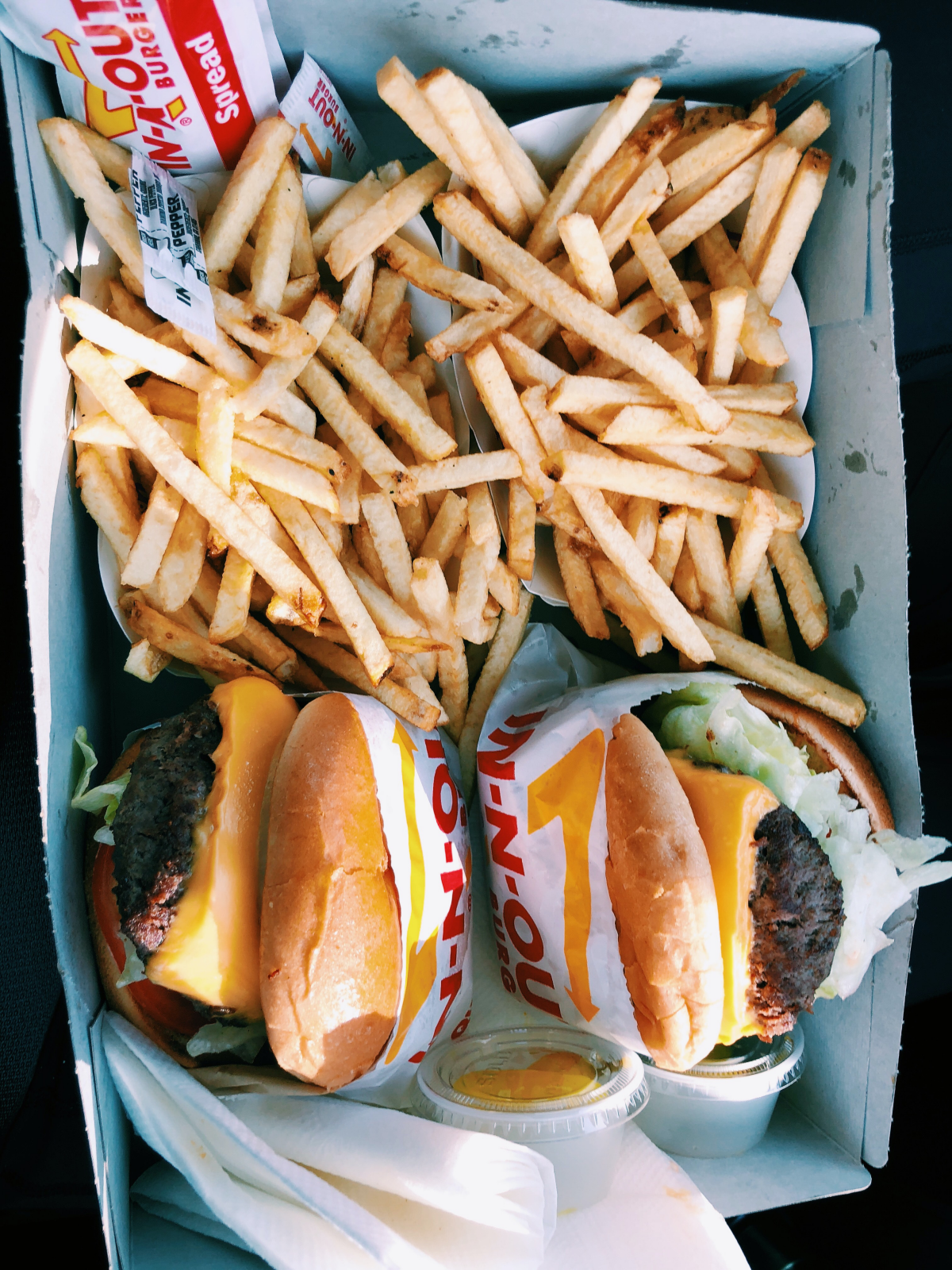
- A table overflowing with symbolism
- A feast that’s gentle on your wallet
- A menu that’s both hearty and hopeful
The secret? Embrace the humble heroes of the luck pantry. A rich, smoky black-eyed pea stew, a pot of braised cabbage with apples, or a simple cornbread are all deeply traditional, incredibly affordable, and packed with more symbolic meaning than many luxury ingredients.
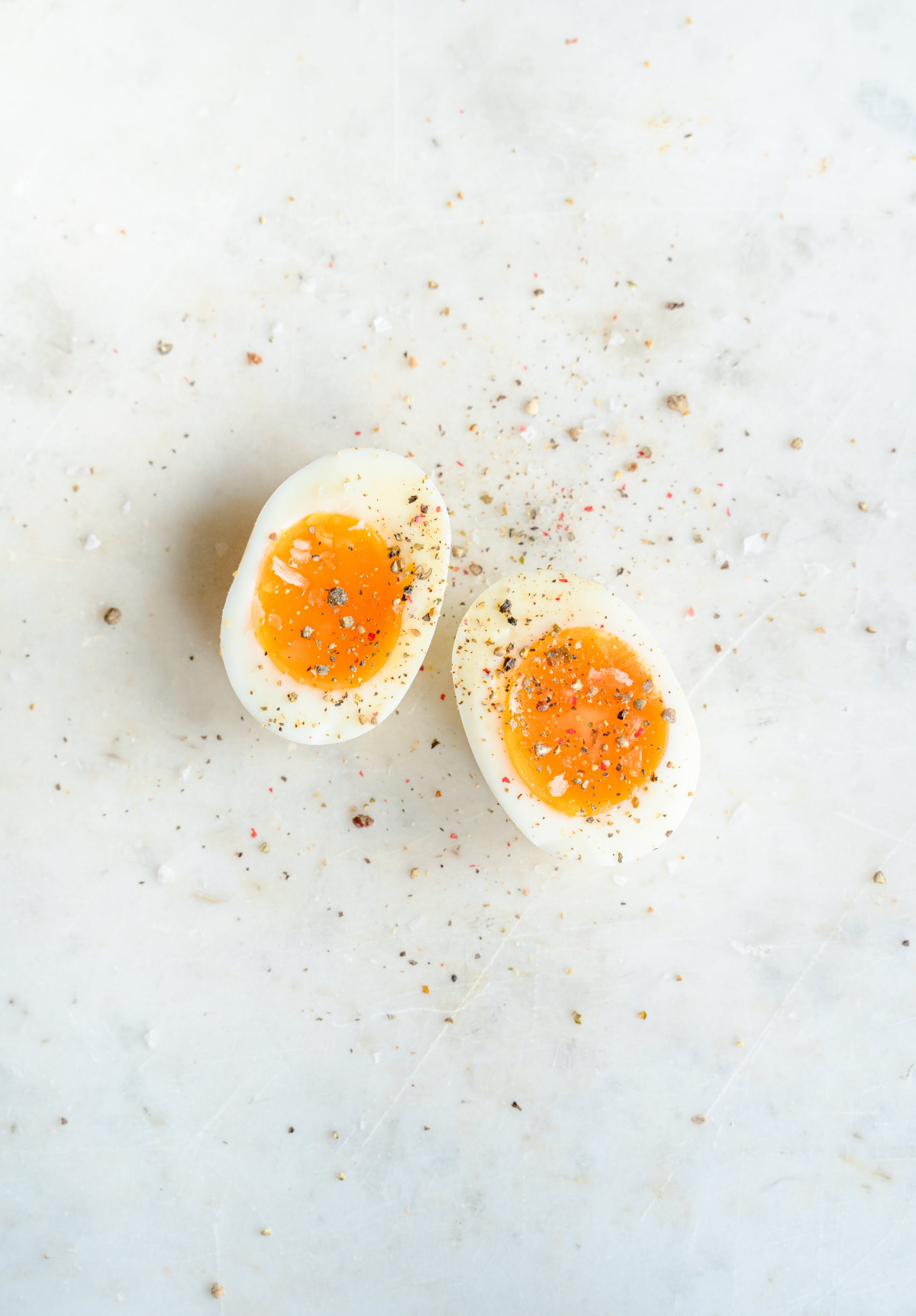
The way you present your meal can amplify its lucky intentions. Think in circles and greens. Use round platters to serve dishes, echoing the coin symbolism. Let your ‘money’ greens shine in a vibrant, contrasting bowl. Even a small touch, like using gold-colored cutlery or napkins, can elevate the theme and make the entire experience feel more prosperous and special. Look for festive, affordable sets from places like Crate & Barrel or World Market to enhance the theme.
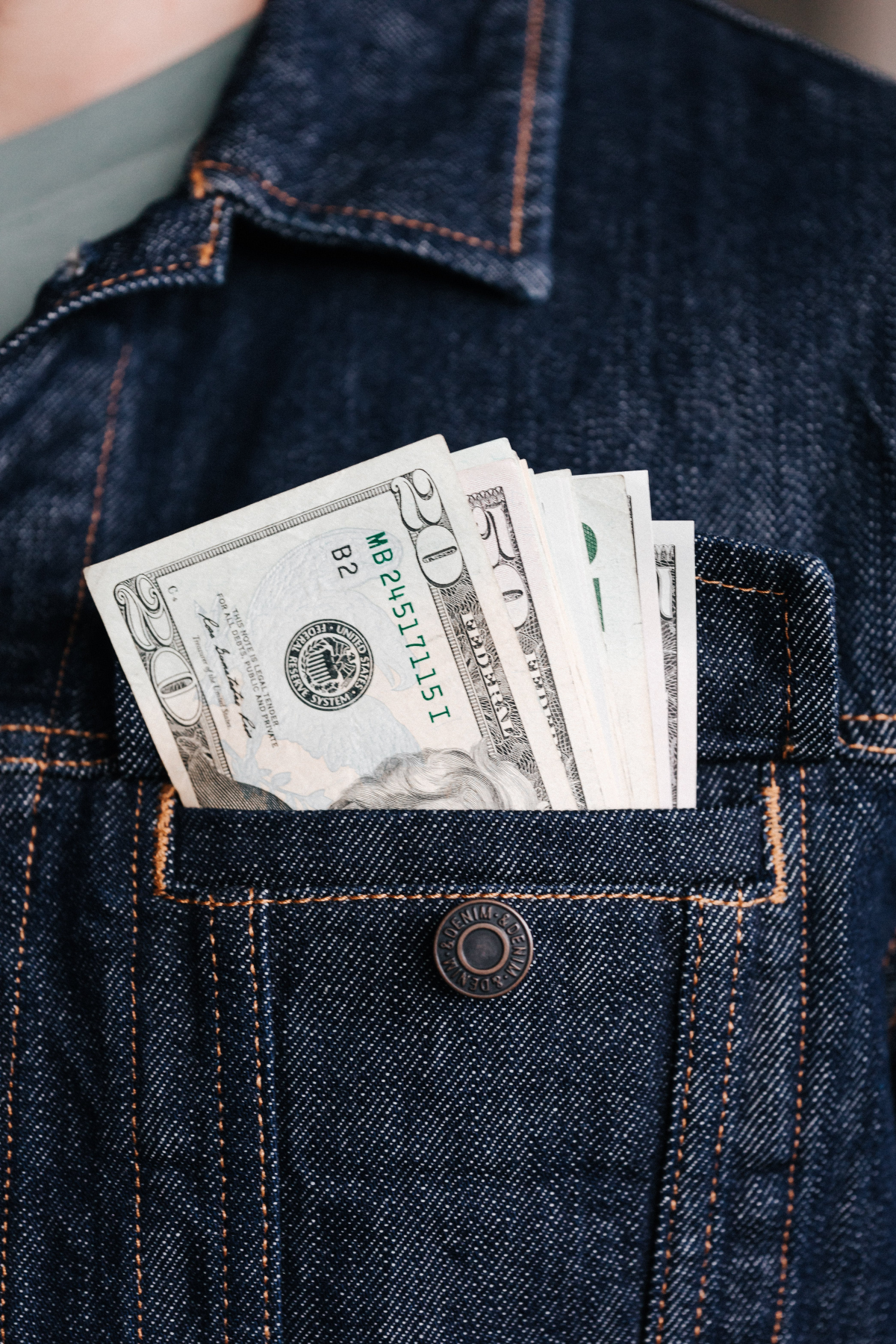
Cornbread: Its golden color is symbolic of gold and wealth, making it the perfect accompaniment to Hoppin’ John or collard greens, especially in the Southern United States.
Whole Fish: Served with the head and tail intact, a whole fish represents a good beginning and a good end to the year. In Chinese culture, it’s crucial to leave a little bit of the fish uneaten to ensure a surplus for the months ahead.
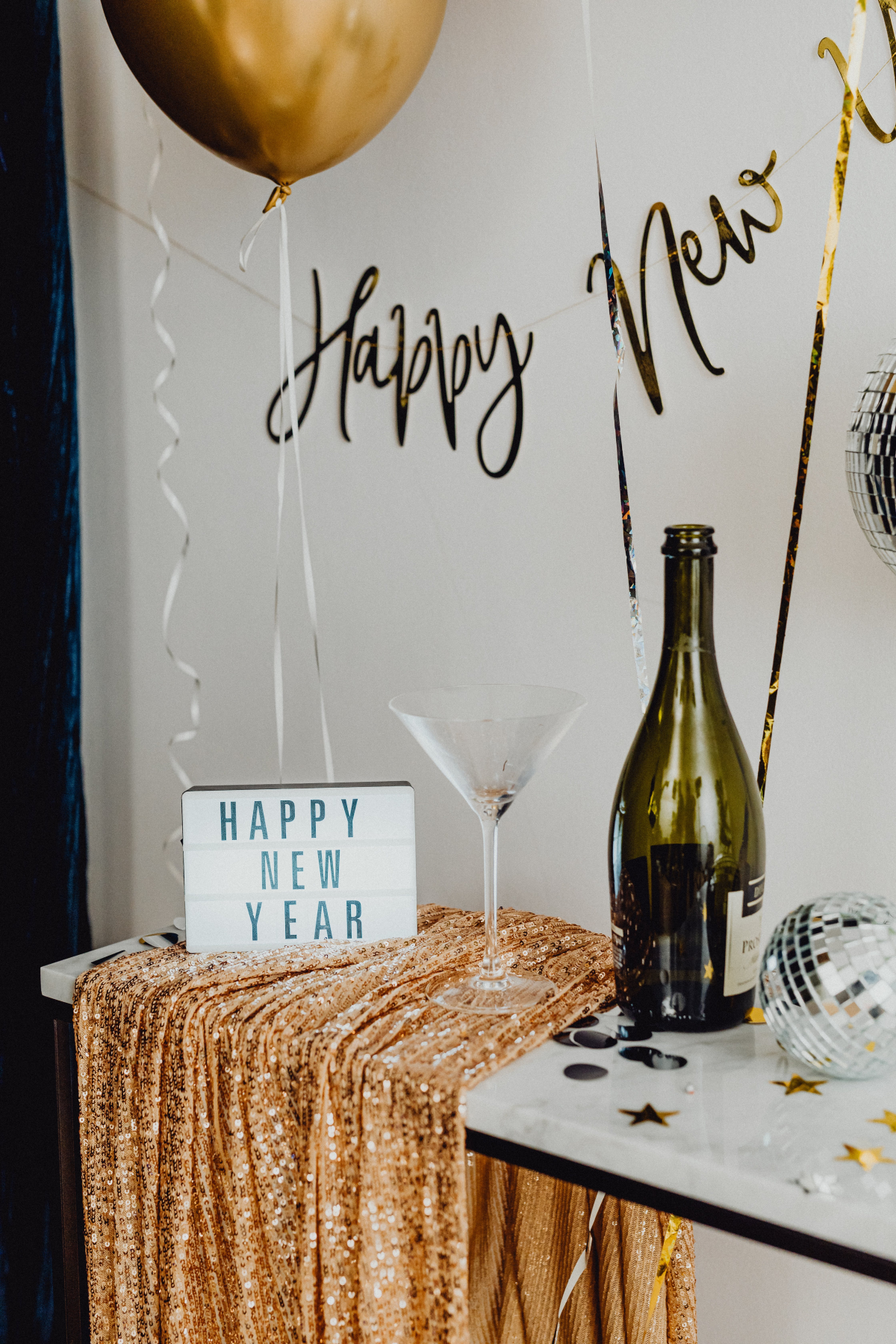
Ring-shaped cakes, like a bundt cake or doughnut, are popular in several countries for the New Year. They symbolize the year coming full circle. Some traditions, like the Greek Vasilopita or the French Gâteau des Rois (King Cake), even hide a small coin or trinket inside. The person who finds it in their slice is granted extra luck for the year.
Don’t forget the grains. Rice, a symbol of wealth and fertility, is a staple in many New Year’s meals. The idea is that its abundance—the sheer number of grains in a single bowl—portends a year filled with similar plenty. Serving it plain allows it to act as a hopeful foundation for other lucky foods on the plate.










